The Stories We Wear
Closed on June 12, 2022
Included with Museum Admission
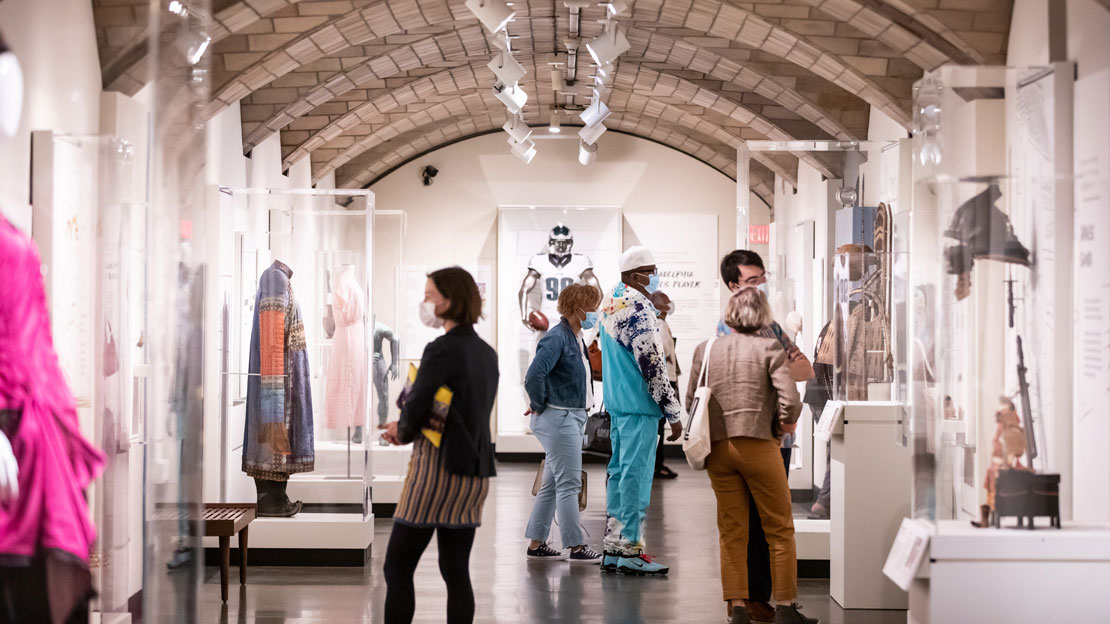
Closed on June 12, 2022
Included with Museum Admission

The clothing, accessories, and decorations we put on our bodies tell stories about who we are. They shape how others see us and how we see ourselves.
What we wear can prepare us for important events or transform us into someone new. It may follow tradition or a recent trend. And it can show that we belong or help us stand out.
Now and in the ancient past, close to home and far away, the stories we wear connect us.
Showcasing 2,500 years of style and adornment through approximately 250 remarkable objects, The Stories We Wear reveals how clothing and accessories offer powerful expressions of identity—examining the purpose and meaning behind what we wear. Discover a spectacular array of attire, jewelry, uniforms, regalia, and tattoos. Explore common threads woven throughout stories that transcend language, culture, and time.
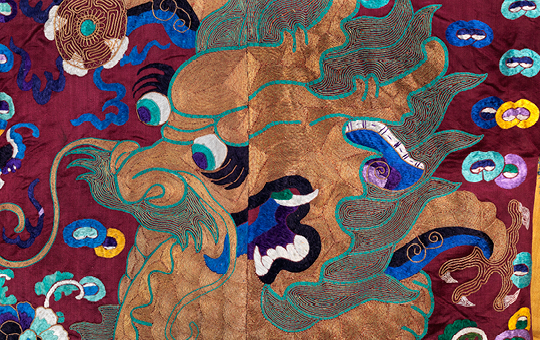
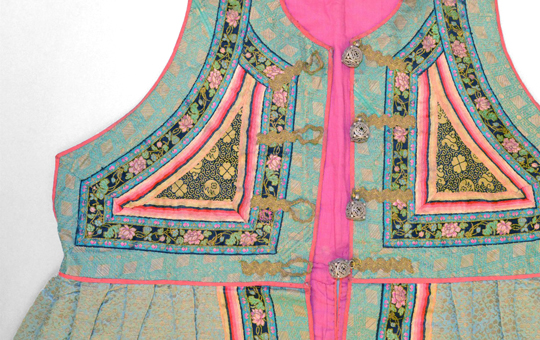
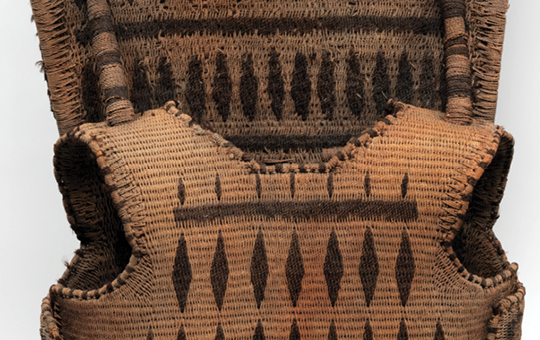
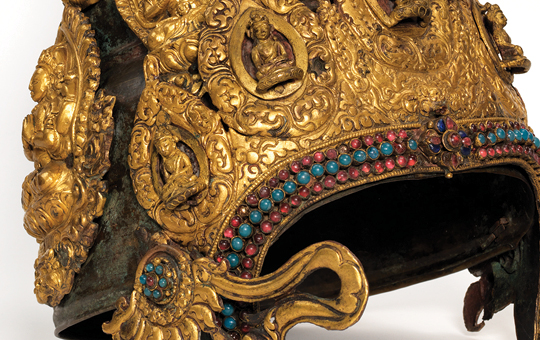
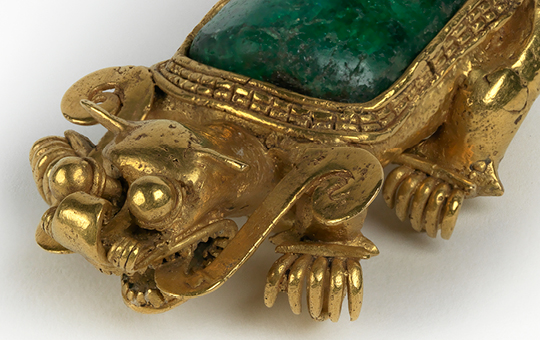
What we wear shows the world who we want to be. Changing our clothing, jewelry, or even our hairstyle helps us step into new roles, like an actor putting on a costume before a performance.
An actor in the Chinese opera wore this satin dragon robe costume onstage. Mang Pao (Dragon Robe) Costume, China, 19th century CE. 29-96-160A.
We dress differently for jobs, sports, and everyday activities. Our clothing can signal that we are professionals, provide comfort as we relax in front of the TV, or show others that we’re part of a team.
A Khalkha woman in Mongolia would have worn this vest after she married. It may have covered a garment with long, hoof-shaped sleeves that protected her hands while on horseback. Uuj (Vest), Mongolia, Early 19th century CE. 2002-15-2.
Shields and weapons protect our bodies and transform us into soldiers. When the fighting is over, stories of battle become legends. We look to armor as a symbol of strength, bravery, and honor.
A royal on the island of Abemama (now in Kiribati) wore this armor in ceremonial duels. Members of the community wove it from the husks of a thousand coconuts. Te Tanga (Armor), Kiribati, 19th century CE. P3294B.
We gather together to celebrate important events in our lives. The things we wear for these occasions take on special—sometimes spiritual—meaning for ourselves and our loved ones.
The Buddhist priests in Nepal who wore this crown took on the qualities of a bodhisattva to lead others to enlightenment. Mukuta (Buddhist Crown), Nepal, 16th century CE. A1285.
Precious jewels, well-fitted suits, and bold colors can all communicate status and authority. We wear them on our bodies to command respect and show that we are leaders in our communities.
A large emerald forms the body of a snarling jaguar pendant worn by a Coclé chief in what is now Panama. Pendant, Panama, 750–1000 CE. 40-13-27.
What we wear matters. What’s your story?
Do you have a keepsake, jewelry, or item of clothing that has been passed down in your family? Do you have tattoos or body decorations that mean a lot to you? Share them with us, and your image may appear in the Stories We Wear exhibition. Here’s how to participate:
The Stories We Wear is made possible through the generous support of our Lead Sponsors David A. Schwartz, M.D., and Stephanie Schwartz, and Supporting Sponsors Adolf A. Paier and Geraldine Paier, Ph.D.; Nina Robinson Vitow; Bryan R. Harris; Janice T. Gordon, Ph.D.; The Estate of Ruth Herd; Allen R. Freedman, Ph.D., and Judy Brick Freedman, Ph.D.; Jacqueline W. Hover and John C. Hover II, and Helen P. Winston and Richard E. Winston.